Are you curious about the application of magnets for motor technology and how they drive the performance of everything from electric vehicles to industrial machinery? Magnets are at the heart of modern motors, playing a crucial role in efficiency, precision, and reliability. But not all magnets are created equal, and choosing the right magnetic materials can make a world of difference.
In this post, you’ll discover exactly how different types of magnets, from neodymium to ferrite, power various motor designs — from brushless DC to stepper motors — and why material quality is key for peak performance. Plus, we’ll introduce you to NBAEM, a trusted magnetic material supplier, offering advanced solutions tailored to elevate your motor manufacturing process.
Ready to unlock the secrets behind high-performance motors and learn how cutting-edge magnetic materials for electrical motors are shaping the future? Let’s dive in!
Understanding Magnets in Motor Technology
Magnets are at the heart of modern motor technology, converting electrical energy into motion through electromagnetic forces. The basic principle is simple: when an electric current flows through a coil, it creates a magnetic field that interacts with other magnetic fields, producing rotational movement. This interaction drives the rotor inside the motor and powers countless applications, from home appliances to electric vehicles.
Types of Magnets Used in Motors
Different motors rely on different types of magnets depending on performance needs, cost, and operating conditions:
- Neodymium Magnets (NdFeB) – Known for their exceptional strength and compact size, making them ideal for high-performance motors like brushless DC (BLDC) motors in electric vehicles and robotics.
- Ferrite Magnets – Affordable and corrosion-resistant, widely used in household appliances and fans where high power density is not critical.
- Samarium-Cobalt Magnets (SmCo) – Offer excellent temperature stability and corrosion resistance, suitable for aerospace, defense, and harsh industrial environments.
Permanent Magnets vs Electromagnets
- Permanent Magnets – Maintain their magnetic field without an external power source, enabling high efficiency and compact motor designs. Common in BLDC motors, stepper motors, and synchronous motors.
- Electromagnets – Generate a magnetic field only when powered, allowing for adjustable field strength and control. Frequently used in induction motors and applications requiring variable torque.
Choosing between permanent magnets and electromagnets depends on the desired efficiency, size, cost, and control features of the motor. Advances in magnetic materials for electrical motors now allow manufacturers to push the limits of torque density, energy efficiency, and reliability.
How Magnets Work within Different Motor Types
Magnets play different roles depending on the motor design. Here’s a quick breakdown of how they work in each type.
Brushless DC Motors (BLDC)
BLDC motors use permanent magnets (often neodymium) on the rotor. The stator has coils powered by electronics to create a rotating magnetic field.
- Why it works: No brushes = less friction, higher efficiency.
- Common use: Electric vehicles, drones, home appliances.
Stepper Motors
Stepper motors move in fixed steps by energizing coils in sequence. Magnets (permanent or hybrid) give them strong holding torque and high positional accuracy.
- Why it works: Control comes from precise magnetic “pull” between rotor and stator teeth.
- Common use: 3D printers, CNC machines, robotics.
Induction Motors
Induction motors rely on electromagnetic induction to create rotor motion. They don’t use permanent magnets—rotor currents produce their own magnetic field.
- Why it works: Simple, durable design for heavy-duty work.
- Common use: Industrial machinery, HVAC, pumps.
Synchronous Motors
Synchronous motors can use permanent magnets in the rotor, locking speed exactly to the power supply frequency.
- Why it works: Delivers consistent speed under varying loads.
- Common use: Elevators, precision manufacturing equipment.
Emerging Motor Types
New designs like axial flux motors and magnet-free synchronous reluctance motors aim for higher efficiency and lighter weight.
- Why it matters: More power in smaller sizes, better for EVs and portable devices.
| Motor Type | Magnet Use | Main Advantage | Typical Applications |
|---|---|---|---|
| BLDC | Permanent magnets | High efficiency | EVs, drones, appliances |
| Stepper | Permanent/Hybrid | Precision control | CNC, robotics, 3D printers |
| Induction | None | Durability | Industrial, HVAC, pumps |
| Synchronous | Permanent magnets | Stable speed | Elevators, precision tools |
Applications of Magnets in Motor Design and Manufacturing
Magnets are a core part of motor performance, especially when it comes to torque output, speed control, and overall efficiency. Stronger and more stable magnetic fields allow motors to deliver higher torque without increasing size, which is key in industries pushing for compact yet powerful designs. High-quality motor magnets also reduce energy loss, meaning less heat buildup and longer operational life.
Role in Different Motor Applications
- Electric Vehicles (EVs) – Neodymium and other high-performance magnets help EV motors deliver strong acceleration and maintain efficiency, even under heavy loads.
- Industrial Machinery – Permanent magnets in industrial motors boost torque while keeping power consumption low, which improves productivity and lowers energy costs.
- Robotics – Precision robotics depend on consistent magnetic fields for accurate and repeatable motion control.
- Consumer Electronics – Compact devices like drones and household appliances use lightweight, efficient magnets to keep power consumption low without sacrificing performance.
Why Magnetic Material Quality Matters
The reliability of a motor heavily depends on the stability and strength of its magnets. Poor-quality magnetic materials can demagnetize under heat or stress, leading to reduced torque and premature motor failure. High-grade materials like rare earth magnets maintain performance over a wide temperature range, making them a better choice for demanding uses.
Examples of Successful Applications
- Tesla’s permanent magnet motors in newer electric vehicle models improved efficiency and driving range.
- CNC milling machines rely on strong permanent magnets to maintain spindle speed and torque under varying workloads.
- Medical imaging devices use ultra-high quality magnets to ensure consistent performance without downtime.
Strong, reliable magnets aren’t just a component—they’re the reason many modern motors are smaller, faster, and more efficient than ever.
Advantages of High Quality Magnetic Materials from NBAEM
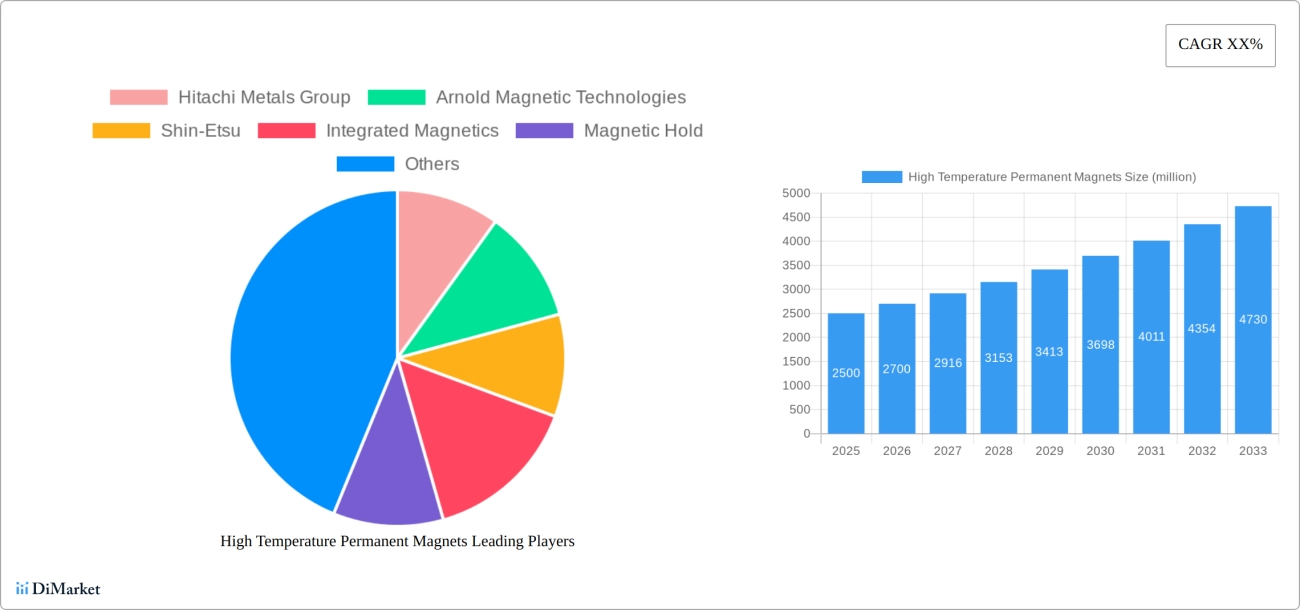
When it comes to building motors that run stronger, last longer, and stay efficient, the quality of the magnets inside makes all the difference. NBAEM’s magnetic materials stand out because they’re designed with both performance and real-world durability in mind.
Unique Properties That Boost Motor Performance
- High strength: NBAEM’s neodymium and other rare earth magnets deliver strong magnetic fields, increasing motor torque without extra bulk.
- Heat resistance: These magnets keep their strength at higher operating temperatures, reducing performance loss in demanding environments.
- Corrosion resistance: Protective coatings and advanced material treatments help prevent rust and oxidation, even in moisture-exposed applications.
Custom Solutions for Different Motor Needs
Not all motors work under the same conditions. NBAEM offers custom magnet grades, dimensions, and coatings for different applications—whether it’s an EV motor that runs hot, a precision robot joint requiring small high-performance magnets, or industrial machinery that needs reliable day-in, day-out operation.
Smaller, Lighter, More Efficient Motors
Advanced materials from NBAEM allow manufacturers to:
- Reduce overall motor size without sacrificing power.
- Cut down on weight, which is a big plus in electric vehicles and drones.
- Improve energy efficiency, lowering power consumption for both consumer electronics and large-scale systems.
By combining strength, durability, and customization, NBAEM’s magnets help push motor design ahead while meeting the reliability and performance needs of the US market.
Recent Technological Advances in Magnetic Materials for Motors
Magnetic technology for motors is moving fast, with big improvements in how materials are made and used. New trends center around rare earth magnet development, more sustainable alternatives, and better recycling methods to keep the supply chain steady. Neodymium magnets are getting upgrades in heat resistance and corrosion protection, which means they can handle tougher environments and run longer without losing strength.
We’re also seeing breakthroughs that boost electromagnetic performance. Lighter yet stronger magnetic materials now allow designers to make motors smaller, more efficient, and flexible in layout. This is helping in industries like electric vehicles, robotics, and medical equipment, where space and efficiency are key.
Sustainability is gaining focus too. Improved recycling processes recover rare earth elements from used motors, cutting waste and reducing the need for fresh mining. Plus, new composite magnets are being tested to replace some rare earth content without dropping performance.
How to Choose the Right Magnet for Your Motor Application
Picking the right motor magnet comes down to knowing what your motor needs and where it will run. Different magnet types deliver different performance levels, so matching them to your application is key for efficiency, lifespan, and cost control.
Match Magnet Type to Motor Performance
- Neodymium – Best for high power in compact motors (e.g., EVs, drones).
- Ferrite – Affordable and corrosion-resistant, good for general machinery.
- Samarium-Cobalt – Works well in high-heat or harsh environments.
- Electromagnets – Common in motors needing adjustable field strength.
| Magnet Type | Strength | Heat Resistance | Corrosion Resistance | Main Uses |
|---|---|---|---|---|
| Neodymium | Very High | Moderate | Needs coating | EVs, robotics |
| Ferrite | Medium | High | High | Fans, appliances |
| Samarium-Cobalt | High | Very High | High | Aerospace, high-temp motors |
| Electromagnet | Adjustable | Depends on coil | Depends on design | Industrial, variable-speed motors |
Key Factors to Consider
- Operating environment – Will the motor be exposed to heat, moisture, or vibration?
- Temperature range – Higher temperatures may require Samarium-Cobalt over Neodymium.
- Mechanical stress – High-impact setups need magnets with high structural integrity.
- Size and weight limits – High-performance magnets can reduce motor size and weight.
NBAEM Support for Magnet Selection
NBAEM offers:
- Custom magnet design to match specific torque, speed, and efficiency goals.
- Material testing and analysis to ensure reliability in U.S. industrial and consumer markets.
- Consultation services to help pick the right magnetic materials for your motor setup.
NBAEM’s experience in motor magnet manufacturing means you get magnets not only built for performance but also tailored to today’s demands in EVs, robotics, and industrial machinery.

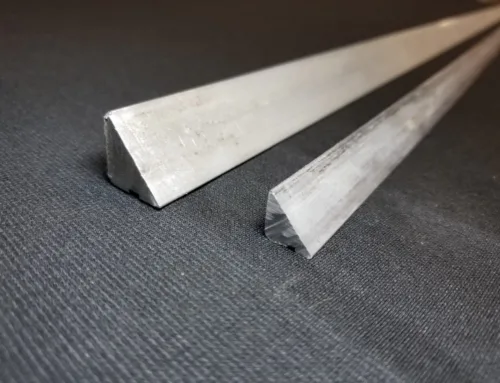
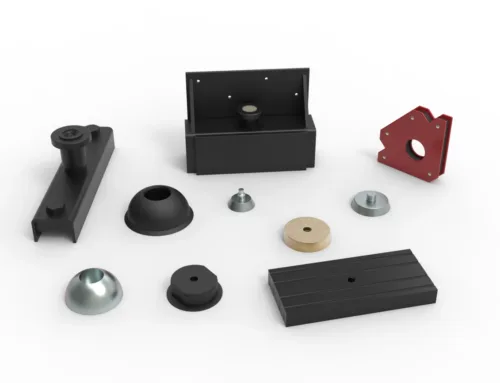
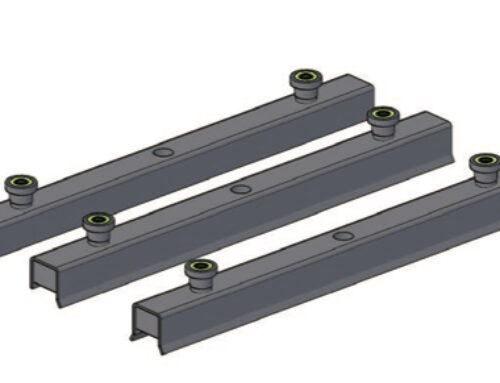
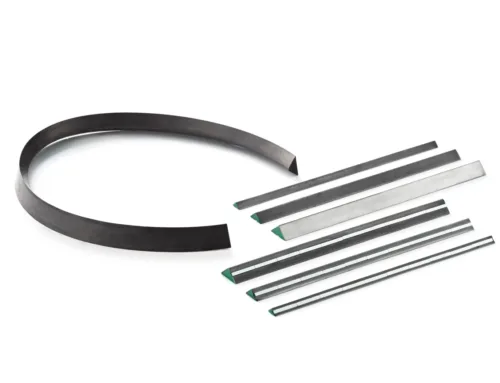
[…] how magnets affect performance at NBAEM’s heating effects page and explore applications with NBAEM’s motor magnet resources. Together, we can help you achieve the next level of magnetic […]